 To avoid the high risk COVID-19 poses to older adults with chronic illnesses, many doctors have shifted appointments to telemedicine. BSIP/Universal Images Group via Getty Images
To avoid the high risk COVID-19 poses to older adults with chronic illnesses, many doctors have shifted appointments to telemedicine. BSIP/Universal Images Group via Getty Images
Amid the stress and confusion of coronavirus shutdowns and social distancing orders, it can seem to older patients as though everything is on pause. Clinics have postponed regular office visits. Patients worry about going to pharmacies and grocery stores. There’s even anecdotal evidence that people with serious issues such as chest pain are avoiding emergency rooms.
One important fact must not get overlooked amid this pandemic: Chronic health conditions still need attention.
If you had diabetes before the pandemic, you still have diabetes and should be monitoring your blood sugar levels. If you were advised to follow a low-salt diet before the pandemic to control your blood pressure, you still need to follow a low-salt diet during what my spouse calls “the duration.” If you had to check in with your doctor if your weight increased from underlying congestive heart failure, you still need to check your weight daily and call your doctor.
As I remind my geriatric patients, taking care of chronic conditions is even more critical right now as the new coronavirus raises the risk for people with underlying medical problems.
Lungs, heart and even kidneys
If you have chronic medical conditions and you become infected with the coronavirus, you’ll likely face an increased risk of developing severe symptoms.
The Centers for Disease Control and Prevention looked at a sample of U.S. patients with COVID-19 and found that 89% of those hospitalized in March had underlying conditions. The percentage rose to 94% for patients age 65 and older.
COVID-19 primarily affects the lungs, and people with lung diseases, such as COPD, have less “pulmonary reserve,” which is like having a backup generator waiting to kick in if the power goes out. So, what might have been a mild infection for someone else can develop into a severe infection for someone with lung problems.
Beyond the lungs, doctors and scientists are starting to see signs that COVID-19 may have devastating effects on the kidneys and heart. An extreme immune system response known as a cytokine storm can damage organs, and mini blood clots have developed in some patients.
High blood pressure, congestive heart failure or diabetes can also increase the risk of developing severe symptoms from COVID-19. In the CDC sample, 73% of older patients hospitalized with COVID-19 also had hypertension, about a third had diabetes and just over half had cardiovascular disease.
How to keep seeing your doctor
Managing chronic conditions amid a pandemic is not easy. It requires adjusting daily routines and dealing with new obstacles.
One of the challenges is medical appointments. During the pandemic, most geriatric clinics have postponed in-person visits for routine check-ups to avoid exposing patients or staff to the coronavirus. But that doesn’t mean your doctor isn’t there for you.
My clinic, for example, has transitioned most patient appointments to telehealth. This allows us to keep in touch with our patients and their symptoms and to adjust treatment plans in real time.
Online portals with “virtual waiting rooms” allow for video visits between patient and doctor. For patients who don’t have access to the internet or aren’t as comfortable with the technology, the telephone works, too. Patients can send photos of injuries. Over 90% of my clinic visits with my geriatric patients are now by telephone. We schedule time for the clinic appointment, the clinic staff registers the patient, and then I call the patient for the check-up.
I was in the middle of one of these visits recently when a patient asked me if I thought they should try telehealth. I was surprised by the question, and the patient was surprised by my answer – we were in the middle of a telehealth visit. I realized that the common picture of telehealth conveys a complex process, perhaps similar to calling a customer service line.
Telehealth is typically arranged with your own doctor – same doctor, same relationship – just a different physical connection.
What about prescription refills?
Even if a clinic no longer has routine patient appointments, the office is probably still staffed. Patients can call the clinic and may also be able to request medication refills online.
Patients should check if their insurance company will allow 90-day supplies rather the usual 30 days so they can limit trips to the pharmacy. Some pharmacies are also providing medication delivery or curbside pickup now so high-risk patients don’t have to walk inside the store.
Staying on a diet
Diet is often one of the toughest adjustments needed for controlling chronic medical conditions.
Watching what we eat can be even more challenging during a pandemic. Following a low-carb diet for diabetes, following a low-salt diet for congestive heart failure or following a low-cholesterol diet for heart disease isn’t simple when people are sitting at home with stocked pantries and unable to get to the grocery store for fresh produce.
To avoid snacking out of boredom, try creating a daily meal and snack schedule.
Staying hydrated can also help. Hormones that tell us when we need to drink something don’t respond as well as we age, so our bodies may need water rather than an unhealthy snack.
If getting to the grocery store is a challenge, check if the store has senior-only hours, delivery or curbside pickup. A friend, neighbor or family member might be able to go grocery shopping for you. Many people are eager to help and just need to be asked.
Staying out of the hospital
Even if you don’t get COVID-19, it is still critically important that you continue to manage your chronic medical conditions.
When chronic conditions aren’t managed, patients run a higher risk of ending up in the emergency room and hospital – places where COVID-19 patients are likely also being treated and that have become overburdened amid the pandemic.
One of the best ways to help them is to take care of yourself. Stay home. Stay well. Stay connected.
About The Author
Laurie Archbald-Pannone, Associate Professor Medicine, Geriatrics, University of Virginia
This article is republished from The Conversation under a Creative Commons license. Read the original article.
Related Books:
The Body Keeps the Score: Brain Mind and Body in the Healing of Trauma
by Bessel van der Kolk
This book explores the connections between trauma and physical and mental health, offering insights and strategies for healing and recovery.
Click for more info or to order
Breath: The New Science of a Lost Art
by James Nestor
This book explores the science and practice of breathing, offering insights and techniques for improving physical and mental health.
Click for more info or to order
The Plant Paradox: The Hidden Dangers in "Healthy" Foods That Cause Disease and Weight Gain
by Steven R. Gundry
This book explores the links between diet, health, and disease, offering insights and strategies for improving overall health and wellness.
Click for more info or to order
The Immunity Code: The New Paradigm for Real Health and Radical Anti-Aging
by Joel Greene
This book offers a new perspective on health and immunity, drawing on principles of epigenetics and offering insights and strategies for optimizing health and aging.
Click for more info or to order
The Complete Guide to Fasting: Heal Your Body Through Intermittent, Alternate-Day, and Extended Fasting
by Dr. Jason Fung and Jimmy Moore
This book explores the science and practice of fasting offering insights and strategies for improving overall health and wellness.
- By Jim Erickson

Spending just 20 minutes in nature can significantly lower stress hormone levels, researchers say.

In some respects cancer is to industrialized countries today what tuberculosis was to the 18th and 19th century: a major cause of death and misery which defeats the best efforts of conventional medicine. Then, as now, all of the emphasis was on removing the manifestation of the disease and not on enhancing the patient's ability to overcome it.

Aerosols are the tiny floating pieces of pollution that make up Los Angeles’ famous smog, the dust particles you see floating in a ray of sunshine and also the small droplets of liquid that escape your mouth when you talk, cough or breathe.

My first thoughts were that I was going crazy. I was sure of it. After all, what else could possibly be causing the sudden and unexpected onset of memory lapses, anxiety, depression, night sweats, and phobia attacks that had completely turned my life upside down? My initial visits with my internist had turned up nothing, further convincing me that I was losing my mind...

Has this ever happened to you? You’re eating a delicious ice cream cone or frozen lemonade, so cold and sweet and suddenly, bam, brain freeze! What happened?
- By Andrew Scott
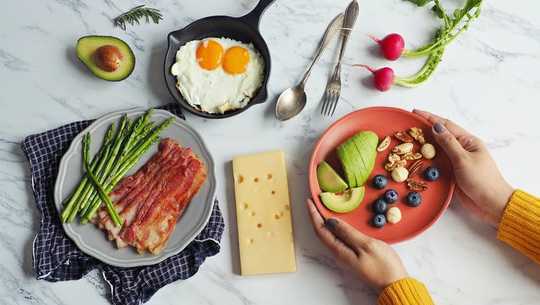
After we eat, the body converts carbohydrates into blood sugar (known as glucose), which it uses for energy. But the ketogenic diet is based on research from the 1920s that found lowering the availability of carbohydrates made the body rely more on using other substances (such as fat) for energy.

Sugar is not only something that sweetens our food. It is also something that is an essential part of the proteins that make up our bodies.

A bit of stress is a normal part of our daily lives, which can even be good for us. Overcoming stressful events can make us more resilient.
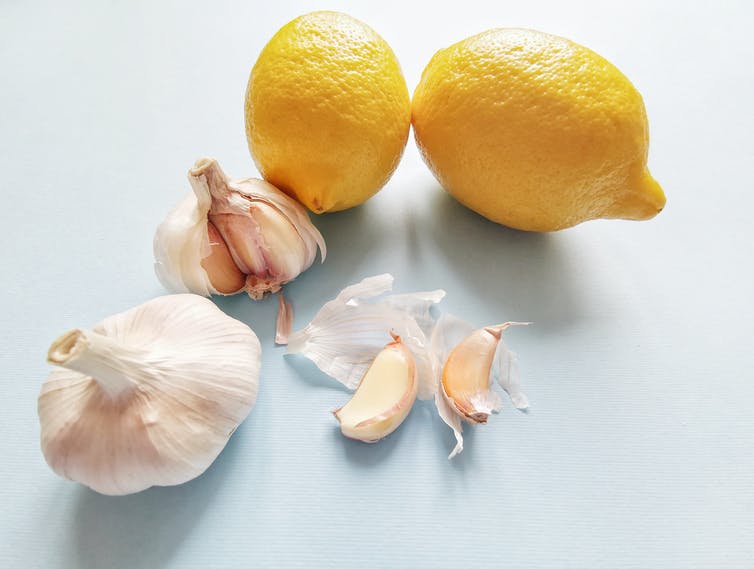
Since the global outbreak of the novel coronavirus (SARS-CoV-2), there have been widespread claims on social media that certain foods and supplements can prevent or cure COVID-19.
- By Qingshan Liu

According to the theory of Traditional Chinese Medicine, anger damages the liver, too much joy and laughter damage the heart, too much thinking and reflection affect the spleen and stomach, too much sadness and weeping affect the lungs, and anxiety damages the kidneys. This theory corresponds to a psychosomatic explanation of the change in organs, and the origin of disease.
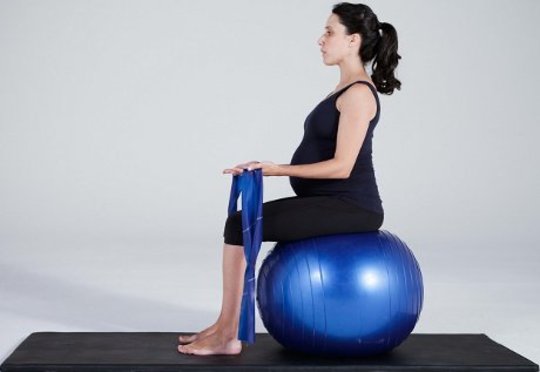
When I first laid on a Pilates mat after twenty years of not dancing or doing any sort of physical activity with the exception of walking, surprising and volatile emotions surged up. The first emotion was denial -- I don't need this, I have managed for years without structured exercise. Then there was a deep releasing of regret and grief

Pickling foods in vinegar or fermenting them in brine is one of the oldest food preservation methods. The earliest archeological evidence comes from Ancient Mesopotania and the Tigris River Valley more than 4,000 years ago.
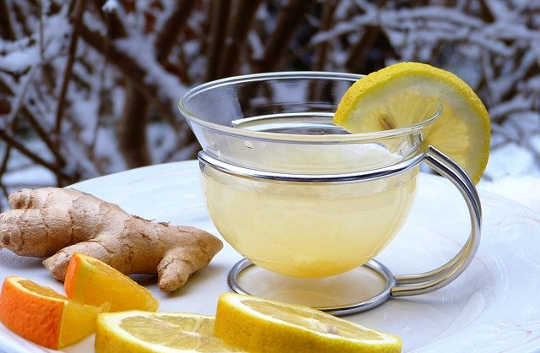
There is probably only one consensus regarding modern health care: The system is in crisis. The crisis lies not in the need for more or cheaper doctors and drugs, but in the flawed precepts of modern medicine. It is this deep conceptual fault that is challenging both our financial and physical well-being.
- By Eric Stann

There are things you can do to make sure the food you’re eating during the COVID-19 pandemic is safe and to limit waste, experts say.
- By Karen Downes

Knowledge has been handed down through the ages regarding the contributions that essential oils can make in our lives. Some of the stories originated in our grandmothers' tales, some were told by wise sages, while others were revealed by those deeply in touch with the plants. Essential oils are established and revered as a reliable and resourceful healing modality.
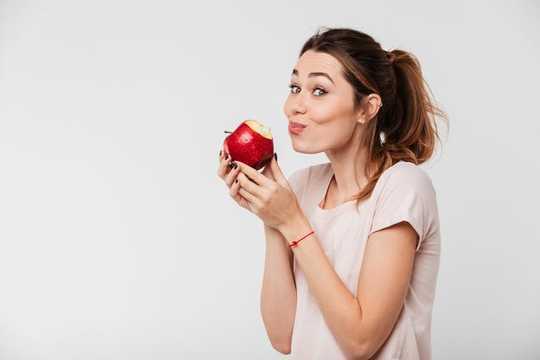
Spending a lot more time in your house doesn’t have to make you any less curious about the world around you.

With streets deserted, hospitals full and morgues struggling to cope with the number of bodies, it isn’t surprising that some people are making comparisons with the apocalypse.

As the COVID-19 pandemic spreads, it has become clear that people need to understand basic facts about SARS-CoV-2, the virus that causes COVID-19, to make informed health care and public policy decisions.
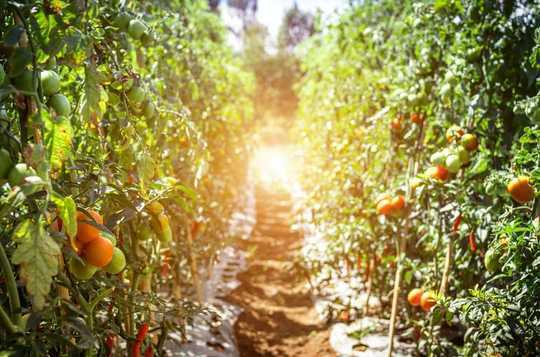
It’s August and 38C outside a greenhouse on a fruit farm in suburban Nanjing, China. Inside the farmhouse, customers sample organic grapes and peaches.
- By Alexis Brink
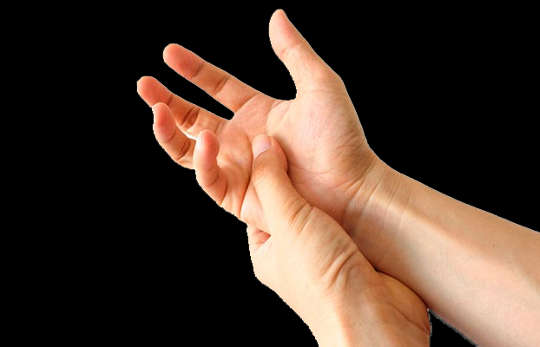
Though the Art of Jin Shin bears some similarities to acupuncture, the practice achieves its transformative results without needles, using only a gentle touch—a methodology that translates very nicely to self-care. All you need in order to get started are your fingers and hands, and a little bit of time and patience.

Our ancestors were extremely awe-inspiring in the ways they incorporated essential oils into not just healing and saving lives, but in every aspect of their daily routines and healing methods. Herbs, plants, and the oils derived from them, were the main components of healing in every culture on earth for hundreds of thousands of years.
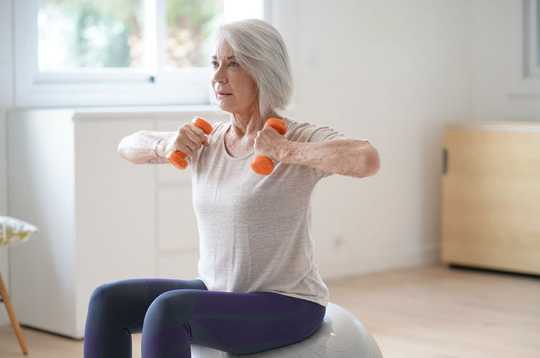
Fitbit recently released data showing a global decrease in physical activity levels among users of its activity trackers compared to the same time last year.














